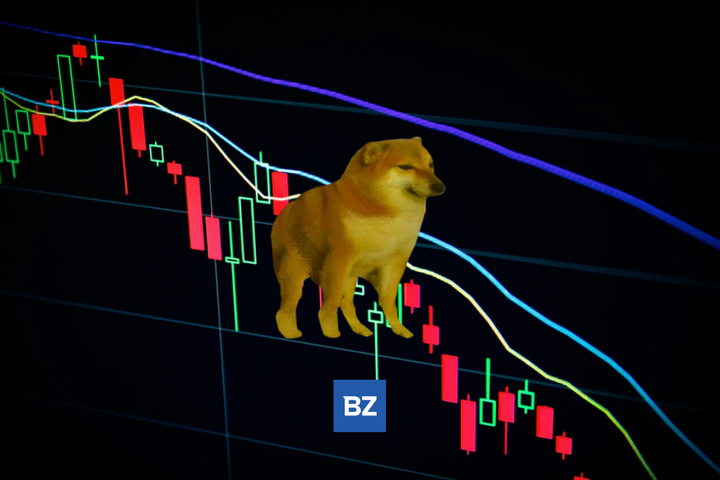Dogecoin Falls More Than 3% In 24 hours Dogecoin, Bollinger Bands, CoinGecko API by https://www.benzinga.com/

AI Insights:
Simple Explanation:
Dogecoin is a type of digital money that people can buy and sell, just like regular money. But it's different because it was made as a joke and has a funny picture of a dog on it. Recently, the price of Dogecoin went down by 3% in one day and 22% in one week. This means people are not buying as much Dogecoin as before or selling it for less money than before. The amount of Dogecoin available also went down a little bit. This makes it harder for the price to go up again. Read from source...
Critical Perspective:
- The title is misleading and sensationalist, implying that Dogecoin falling by 3% in 24 hours is a significant event or news, when in reality it is a minor fluctuation in the crypto market. A more accurate and informative title could be "Dogecoin's Weekly Price Performance: A 22% Decline".
- The article does not provide any context or explanation for why Dogecoin's price has fallen, nor does it offer any analysis or insights into the factors that might influence its future direction. It simply reports the current situation and compares it to a chart without any interpretation or evaluation. This is not helpful or informative for readers who want to understand the market dynamics and trends of Dogecoin.
- The article uses vague and ambiguous terms such as "downward trend" and "volatility", which do not convey clear or precise meanings. For example, what does it mean by downward trend? Is it a long-term or short-term trend? How is volatility measured and calculated? What are the historical patterns and averages of Dogecoin's price movements? The article should provide more specific and quantifiable data and indicators to support its claims and arguments.
- The article relies heavily on external sources and APIs, such as CoinGecko and Benzinga, without acknowledging or citing them properly. This is plagiarism and unethical, as the article does not demonstrate any originality or authorship. The article should provide proper attribution and references to the sources it uses, and ideally, use primary data and research instead of secondary or tertiary information.